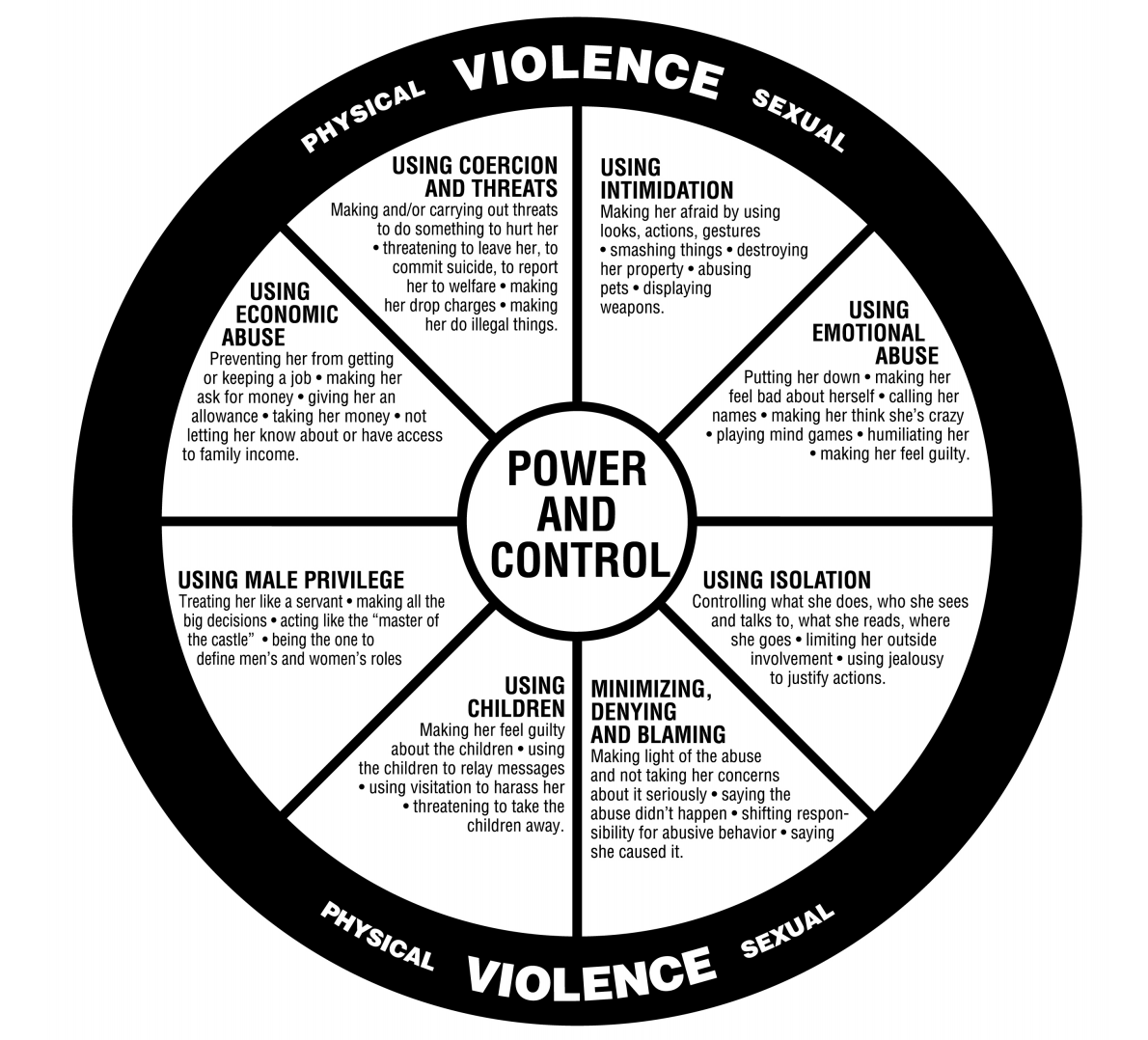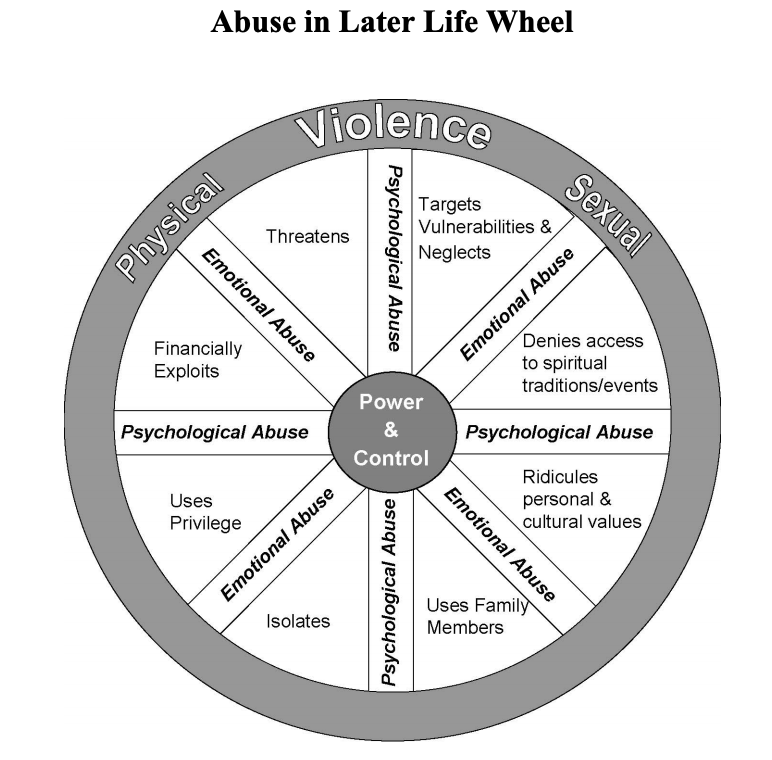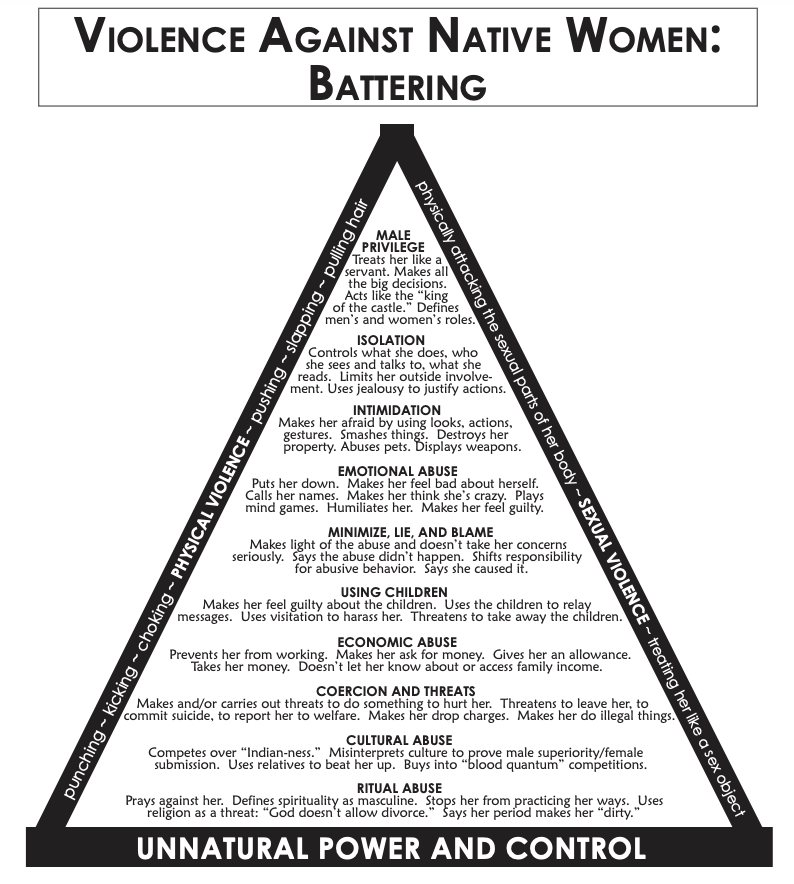1. Select a discrete app icon.

notes
What Are the Power and Control Wheels?
A comprehensive guide to the many versions of this helpful illustration that outlines tactics abusers use
- Aug 16, 2021

Many survivors of domestic abuse and violence will say that the first time they saw the Power and Control Wheel, what they were going through suddenly made sense. This visual aid, used by advocates, psychologists, educators, healthcare workers and similar, outline the common tactics used by abusers.
In this guide, we’ll talk about many of the different iterations that have been created for the Power and Control Wheel and how they’ve helped myriad groups and communities better understand that they’re not alone in living through abuse.
The Power and Control Wheel

The Power and Control Wheel was created by the Domestic Abuse Intervention Project (DAIP) in 1984 to both help victims of domestic violence and to educate abusive men. Through focus groups with survivors, they developed a wheel outlining the most common tactics of abusive partners. In contrast with the Cycle of Violence, the Wheel doesn’t imply these experiences happen in a certain order, but rather, in combination, denote a pattern of power and control, the two facets that hold the wheel together at its center.
Some of the tactics include:
- Economic abuse, to deny the survivor access to money
- Coercion and threats, like convincing the survivor to do something illegal
- Intimidation, to keep the survivor fearful
- Emotional abuse, such as degrading the survivor
- Isolation, controlling when the survivor can leave the home
- Minimizing, Denying and Blaming, such as gaslighting
- Using the children, including threatening to file for custody if the survivor leaves
- Male privilege, to define men’s and women’s roles
DAIP explained that they choose to be gender-specific with the wheel because men have been shown to commit the vast majority of domestic violence assaults.
“Making the Power and Control Wheel gender-neutral would hide the power imbalances in relationships between men and women that reflect power imbalances in society. By naming the power differences, we can more clearly provide advocacy and support for victims, accountability and opportunities for change for offenders, and system and societal changes that end violence against women.”
An Alternative Visual Aide: The Cycle of Abuse
We've prepared a toolkit "What Is Coercive Control?" to help you understand even more what coercive control is and so you can better assess and understand your situation.
The Cycle of Abuse was actually the first go of visual aids to describe domestic violence experiences, introduced in 1979 by Lenore E. Walker, a psychologist and renowned leader in the domestic violence field and author of The Battered Woman, published that same year. The four-stage cycle starts with a tension-building phase where the “victim becomes fearful and feels the need to placate the abuser.” In stage 2, there is an incident, which can include physical, emotional or verbal abuse. There may be anger, blaming, threats and intimidation. After that, Walker theorized that there was often a reconciliation stage where the abuser would try to give excuses for their abusive choices or blame the victim, sometimes downplaying or outright denying the abuse occurred (otherwise known as gaslighting). The final stage is a period of calm where things seemingly go back to “normal.” Sometimes, this is referred to as the “honeymoon stage.” But this doesn’t last forever, and soon the cycle starts over again with tensions building up before another incident.
Abuse Doesn’t Always Look Like This
Some advocates argue that, while the Cycle of Abuse may describe many survivors’ experiences, it can’t be applied to all, and that Walker’s diagram oversimplifies abuse. Walker created the Cycle after interviewing 1,500 women who had been abused by their husbands and, while a revolutionary concept at the time, didn’t take into account the nuances of dating relationships or same-sex relationships.
Brenda Hill, native co-director of the South Dakota Coalition Ending Domestic & Sexual Violence, told DomesticShelters.org that since she began her career as an advocate in 1988, few cases of domestic violence she’s seen have followed this cyclical pattern.
“The second stage, the incident … negates the reality that there’s all kinds of violence, not just physical, which are continuous. And there are some batterers who only beat up a victim once. After that, they just have to give a look.” She estimates less than half of the survivors she’s worked with have ever experienced anything like a honeymoon stage after abuse. “After someone beats you up, they can [be intimate] with you, but you’re not in a position to say no. You’re traumatized, shocked … so, it could be more like rape.”
The Equality Wheel
We've prepared a toolkit "What Is Coercive Control?" to help you understand even more what coercive control is and so you can better assess and understand your situation.
A short time after creating the Power and Control Wheel, DIAP determined it would also be useful to have a wheel that illustrated the facets of what a healthy and safe relationship looked like.
“The team listened to women in support groups saying they knew one type of relationship but didn’t know an alternative. They wanted an example to be able to look for in their lives,” Melissa Scaia, former executive director of DAIP, told DomesticShelters.org.
The Equality Wheel includes characteristics of a safe relationship, such as trust and support, honesty, shared responsibility and respect.
“If you lay the equality wheel over the Power and Control Wheel, you’ll see they are corresponding opposites,” Scaia says. “So, for instance, instead of emotional abuse, you’ll see respect.”
Other Power and Control Illustrations
The Abuse Later In Life Wheel outlines how abusers may target elderly victims of domestic violence with slightly different tactics, such as financial exploitation, neglect and using family members against them.

The Gay, Lesbian Bisexual and Trans Power and Control Wheel specifies tactics abusers can use that specifically apply to those who identify as LGBTQ+, including threatening to “out” the survivor, keeping the survivor’s name off joint assets or asserting that it can’t be abuse because women can’t abuse women, or men can’t abuse men.
We've prepared a toolkit "What Is Coercive Control?" to help you understand even more what coercive control is and so you can better assess and understand your situation.
The Violence Against Native Women: Battering is more of a triangle illustration that outlines components of cultural and ritual abuse, as well as the other tactics abusers use with non-native victims.

Donate and change a life
Your support gives hope and help to victims of domestic violence every day.
Here are a few more wheels that organizations have created to help survivors understand abuse:
- Post-Separation Power and Control Wheel
- Judicial Responses That Empower Battered Women Wheel
- Police Perpetuated Domestic Violence Wheel
- Deaf Power and Control Wheel
- Military Power and Control Wheel
- Teen Equality Wheel
- Muslim Power and Control Wheel
- Lifetime Spiral of Gender Violence
- Workplace Power and Control Wheel
For a list of some 40 more power and control wheels and visual aids, including those translated into various languages from French to Korean, see this list from the National Center on Domestic and Sexual Violence.
One of These Wheels Feels Familiar to Me … Now What?
If one of the wheels resonates with you or what’s going on in your relationship, it may be helpful to talk to a trained domestic violence advocate at a hotline (find one here near you) who can help you better understand abuse, formulate a safety plan and assess what level of danger you may be in. These danger assessments can also be useful in putting things in perspective.
We've prepared a toolkit What Are the Power and Control Wheels? to help you understand even more what the Power and Control Wheels are and so you can better assess and understand your situation.






